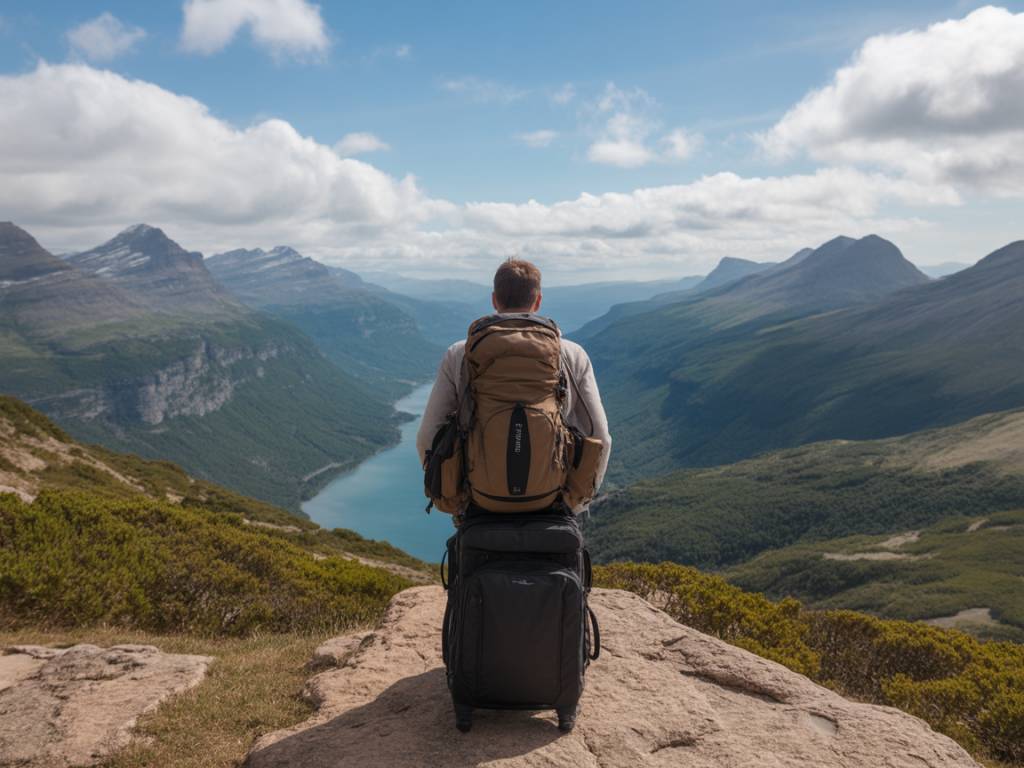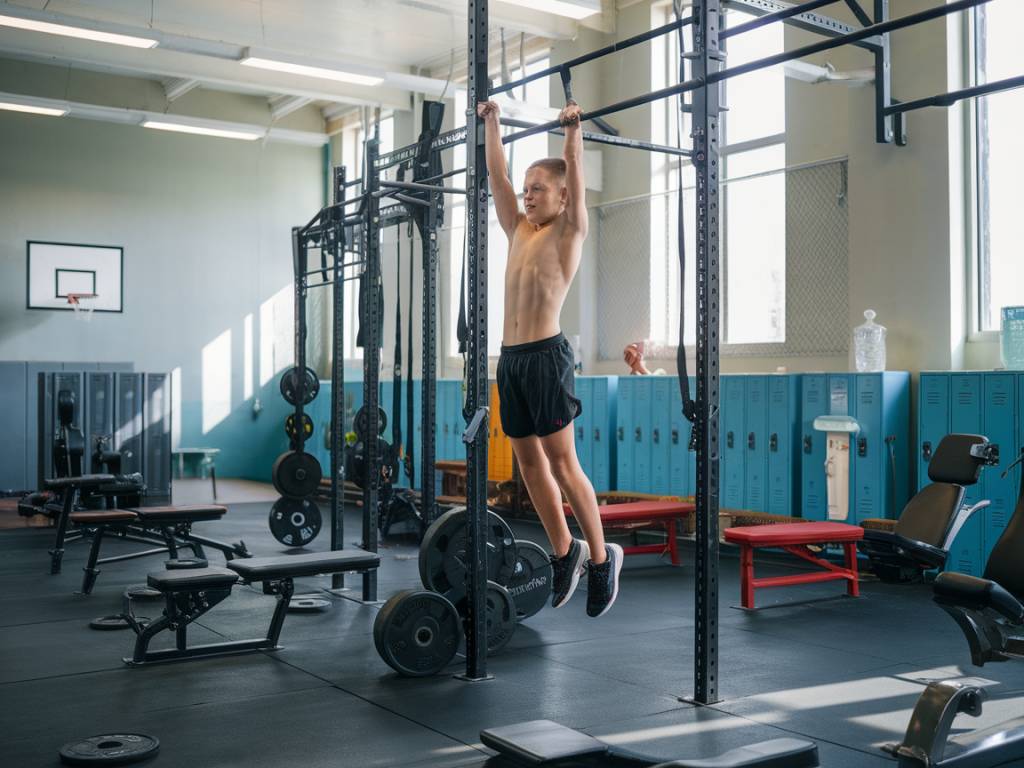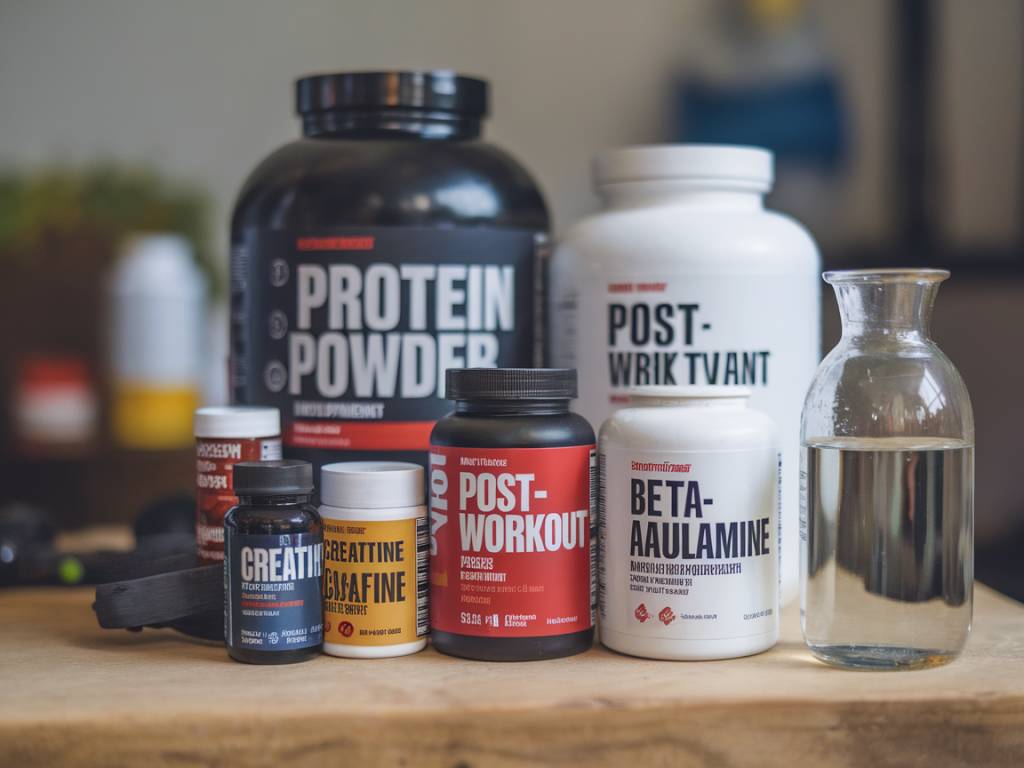Why Staying Active While Traveling Matters
Traveling, whether for business or leisure, often disrupts daily routines, including regular physical activity. Long flights, irregular schedules, unfamiliar surroundings, and limited facilities can make maintaining fitness a challenge. However, staying active during travel is crucial not just for physical health, but also for mental well-being, energy levels, and sleep quality. By integrating strategic approaches into your travel routine, it’s entirely possible to stay committed to your fitness goals even on the go.
Plan Ahead and Set Realistic Fitness Goals
The key to staying physically active while traveling starts with effective planning. Before you hit the road or board a plane, assess your itinerary and determine when and how much time you can realistically dedicate to exercise. Whether it’s a 20-minute workout in your hotel room or a brisk walk during a layover, having a plan increases the likelihood of follow-through.
Pack exercise essentials such as resistance bands, a jump rope, or even a foldable yoga mat. These items are lightweight and easy to store in your luggage. If you prefer more guided workouts, consider downloading fitness apps or saving workout videos that can be accessed offline during your trip.
Choose Accommodations With Fitness Amenities
The choice of accommodation can strongly influence your ability to stay active during travel. When booking hotels, prioritize those that offer fitness centers, swimming pools, or are located near parks and walking trails. Hotel gyms vary in quality, so check online reviews or photos to ensure the facility meets your expectations.
Alternatively, consider staying at vacation rentals that provide more space for in-room workouts, or properties affiliated with boutique fitness studios offering complimentary or discounted classes for guests. Choosing accommodations mindfully allows for easier integration of physical activity into your travel routine.
Utilize Bodyweight Exercises
Bodyweight workouts are one of the most efficient ways to stay fit while traveling. They require no equipment and can be done in small spaces like hotel rooms or airport lounges. Standard bodyweight exercises such as push-ups, squats, planks, and lunges engage major muscle groups and can be modified based on your fitness level.
Short high-intensity interval training (HIIT) routines or circuit workouts can provide a full-body workout in as little as 15–20 minutes. These routines elevate your heart rate, build muscular endurance, and are adaptable to any environment.
Stay Active on Travel Days
Travel days often involve extended periods of sitting, but even then, you can find opportunities to move. At airports, take walking laps between gates instead of using the moving walkway or sitting at the gate. Use stairs instead of escalators whenever possible. For lengthy flights or train journeys, take breaks every hour to stand, stretch, or walk down the aisle to improve circulation.
Wearing comfortable shoes and clothing on travel days makes it easier to take advantage of these moments. Staying active during transit helps reduce stiffness, jet lag, and the risk of blood clots during longer trips.
Explore the City With Purpose
One of the most enjoyable ways to stay active while traveling is to turn sightseeing into an opportunity for movement. Walking tours, hiking trails, or even bike rentals offer immersive ways to explore your destination while staying physically engaged. Many cities now offer guided runs or “sightseeing jogs” where travelers can combine fitness with cultural discovery.
Choose to walk instead of taking taxis or public transport, and opt for stairs over elevators. These simple choices accumulate significant physical activity throughout the day and contribute to overall fitness levels.
Incorporate Active Recreation
Recreational activities can serve as both entertainment and exercise. Depending on your destination, this could include swimming in the ocean, paddleboarding, skiing, kayaking, surfing, or simply dancing during a night out. Engaging in local sports or adventure activities not only boosts calorie expenditure but also enhances your travel experience through connection with the local environment and culture.
Researching available activities beforehand ensures you come prepared with the appropriate attire and gear, allowing you to make the most of what’s offered by your destination.
Leverage Technology for Motivation
Wearable fitness trackers and smartwatches can play a vital role in motivating physical activity during travel. They provide insights into step counts, active minutes, heart rate, and more. Setting daily movement goals or participating in virtual challenges helps maintain accountability and gives added purpose to everyday movements.
Many wearables also offer reminders to move after periods of inactivity, which can be particularly helpful during long travel days or conference-heavy schedules. Pairing a fitness tracker with a mobile workout app can serve as your personal trainer and fitness planner while on the move.
Stretch and Focus on Recovery
Travel can be taxing on the body, especially with long hours in cramped spaces, unfamiliar beds, and varying climates. Incorporating stretching and mobility exercises into your daily routine helps reduce muscle stiffness, relieve tension, and prevent injury. Simple stretches in the morning or evening can significantly improve joint mobility and ease travel-related discomfort.
Foam rollers, massage balls, or even a tennis ball can be used for self-myofascial release, helping to break down muscle knots and improve circulation. Adequate hydration and quality sleep are equally important in aiding recovery and preparing your body for physical exertion the next day.
Adapt to Your Environment and Be Flexible
While routines are important, flexibility is key when exercising on the road. Adapting your workout to the available time, space, and energy levels is essential. Skipping a full workout is not a failure—sometimes a 10-minute hotel room stretch can be more beneficial than pushing through a strenuous session when your body is fatigued.
The goal is to maintain a mindset of movement rather than perfection. Staying consistent, even at a reduced intensity or frequency, ensures your return to your regular routine post-travel will be smoother and more sustainable.
Eat Smart to Support Activity Levels
Diet plays an important role in your ability to stay active while traveling. Fueling your body with nutritious food helps maintain energy levels and aids in post-exercise recovery. Whenever possible, choose balanced meals rich in protein, fiber, and healthy fats. Carry portable snacks, such as almonds, protein bars, or fruit, to prevent energy crashes and overeating on unhealthy convenience foods.
Staying hydrated is equally important, especially when flying or in hot climates. Dehydration can sap energy and reduce motivation to exercise. Carry a refillable water bottle and aim to drink water regularly throughout the day.
Maintaining an active lifestyle during travel requires intention, adaptability, and a bit of creativity. By incorporating these practical strategies into your travel plans, you can enjoy your trip without compromising your health and wellness goals. Every step counts, and small efforts go a long way in building a consistent, travel-friendly fitness routine.




